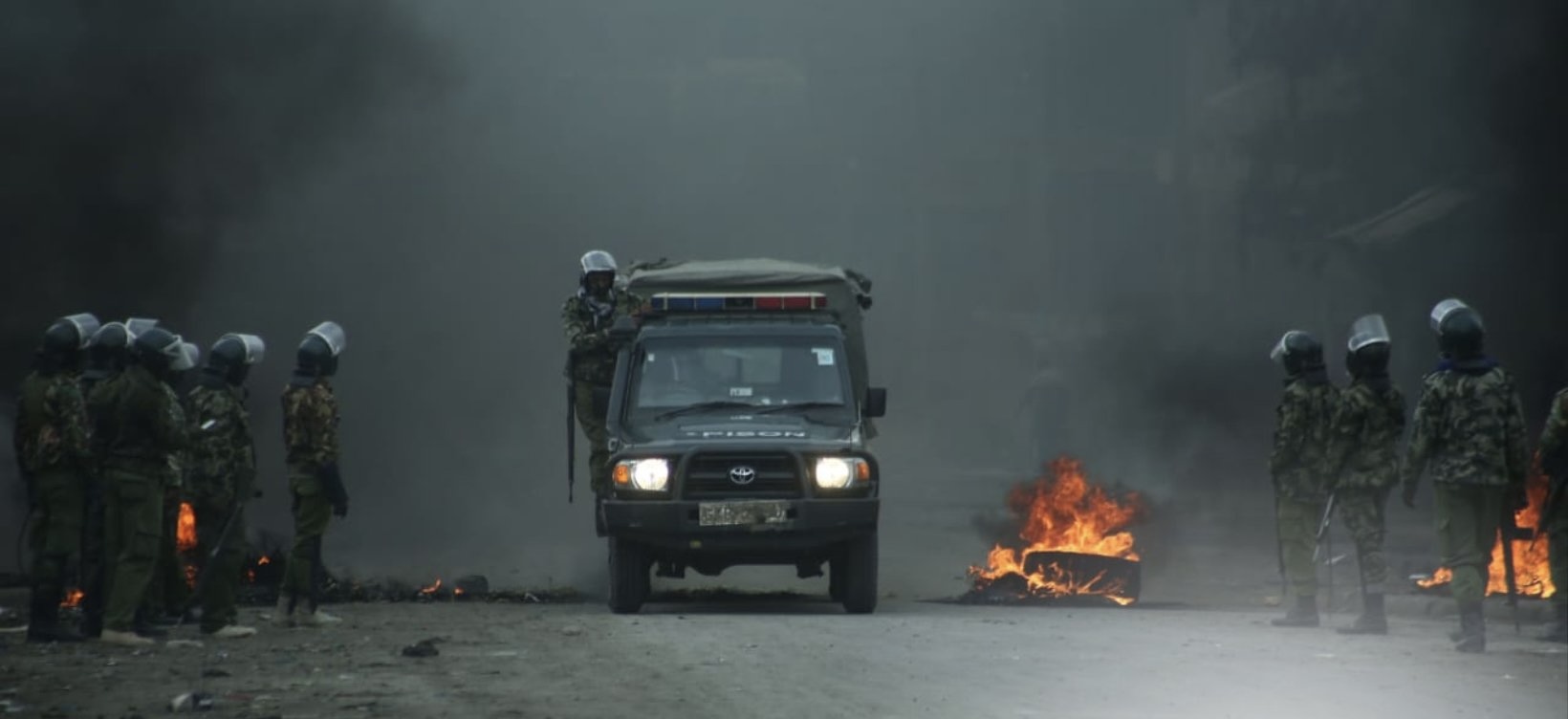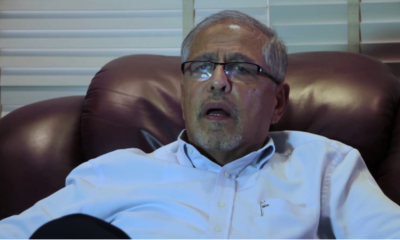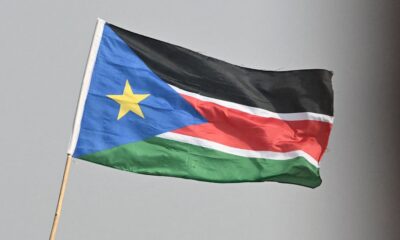News
Nairobi, Mt Kenya Counting Losses from Saba Saba Protests As Rest of The Country Went on With Business as Usual
The Mt Kenya region experienced some of the most violent confrontations.

Seventeen counties experienced varying degrees of unrest while other regions remained largely peaceful during Monday’s demonstrations
The dust has barely settled from Monday’s Saba Saba protests, and a clear pattern emerges: while Nairobi and the Mt Kenya region bore the brunt of the demonstrations, vast swathes of the country continued with business as usual, highlighting the localized nature of the unrest.
The protests, which organizers had hoped would be a nationwide show of discontent, instead concentrated in 17 counties, leaving 30 other counties relatively peaceful.
This geographic concentration raises questions about the true scope of public dissatisfaction and the effectiveness of the protest movement’s messaging beyond certain strongholds.
In Nairobi, the usually bustling Industrial Area resembled a ghost town, with factories shuttered and only security guards manning gates.
The Central Business District followed suit, with banks remaining closed and traders in Mukuru slums boarding up their premises in anticipation of looting.
The capital’s paralysis came at a significant economic cost, with thousands of workers unable to report to duty and businesses losing crucial revenue.
The Mt Kenya region experienced some of the most violent confrontations.
In Karatina town, Nyeri County, four people sustained gunshot wounds when plainclothes officers deployed live ammunition to disperse demonstrators.
The Great North Road, a crucial artery linking the capital to the northeastern region, was effectively cut off as protesters barricaded the highway.
Meru town witnessed its own share of violence, with a man shot in Maua town and Magunas supermarket in Makutano town set ablaze.
The contrast was stark while protesters torched property, workers at Meru Dairy factory successfully fought off would-be looters, demonstrating the mixed reactions even within affected areas.
The human cost extended beyond physical injuries.
In Kisii, five people were hospitalized after being struck by arrows during confrontations.
In Nyandarua, one protester was shot dead and another seriously injured at Tumaini Market, marking the day’s most tragic outcome.
Transport networks suffered significant disruption.
The Nakuru-Nairobi Highway, one of the country’s busiest routes, was repeatedly barricaded, with protesters demanding between Sh300 and Sh500 from motorists for passage.
By midday, transport between Murang’a and neighboring counties had ground to a complete halt.
Perhaps most telling was the geographic limitation of the protests.
While the Mt Kenya region, parts of the Rift Valley, and select urban centers experienced unrest, large portions of the country including much of the Coast, Northern Kenya, and Western regions remained largely unaffected.
This suggests that the grievances driving the protests, while genuine, may not resonate uniformly across Kenya’s diverse regions.
The economic implications are already becoming apparent.
In Nakuru, supermarkets, banks, restaurants, and shopping malls remained closed throughout the day, with owners fearing a repeat of the June 25 protests that saw widespread looting and vandalism.
The ripple effects of such closures extend beyond immediate losses to long-term investor confidence and employment stability.
Former Interior Cabinet Secretary Karanja Kibicho’s warning that protests could intensify if the government continues responding with force highlights the delicate balance authorities must strike.
His observation that “high taxation and a dysfunctional economy were at the heart of the unrest” points to deeper structural issues that transcend the immediate security concerns.
The contrast between affected and unaffected regions also raises questions about the protest movement’s organizing capacity and message penetration.
While social media campaigns and activist networks successfully mobilized supporters in certain areas, their influence appears to have been limited in others.
For businesses in the affected counties, the day represented a double blow immediate losses from closures and the longer-term uncertainty about future disruptions.
The pattern of businesses shutting down preemptively suggests that many entrepreneurs now view protests as an existential threat rather than a legitimate form of democratic expression.
As Kenya reflects on Monday’s events, the geographic concentration of protests offers both relief and concern.
While the limited scope suggests that the country hasn’t reached a point of nationwide uprising, the intensity of unrest in affected areas particularly the Mt Kenya region indicates deep-seated frustrations that require urgent attention.
The challenge now lies in addressing the legitimate grievances raised by protesters while ensuring that the voices of Kenyans in the 30 peaceful counties aren’t drowned out by the noise of demonstrations.
Monday’s events have shown that Kenya remains a country of varied experiences and perspectives, even in times of apparent national crisis.
Kenya Insights allows guest blogging, if you want to be published on Kenya’s most authoritative and accurate blog, have an expose, news TIPS, story angles, human interest stories, drop us an email on [email protected] or via Telegram
-

 Business6 days ago
Business6 days ago‘They’re Criminals,’ Popular Radio Presenter Rapcha The Sayantist Accuses Electric Bike Firm Spiro of Fraudulent Practices
-

 News1 week ago
News1 week agoTemporary Reprieve As Mohamed Jaffer Wins Mombasa Land Compensation Despite Losing LPG Monopoly and Bitter Fallout With Johos
-

 Sports1 week ago
Sports1 week ago1Win Games 2025: Ultimate Overview of Popular Casino, Sports & Live Games
-

 Investigations1 week ago
Investigations1 week agoFrom Daily Bribes to Billions Frozen: The Jambopay Empire Crumbles as CEO Danson Muchemi’s Scandal-Plagued Past Catches Up
-

 Investigations6 days ago
Investigations6 days agoDisgraced Kuscco Boss Arnold Munene Moves To Gag Media After Expose Linking Him To Alleged Sh1.7 Billion Fraud
-

 Business1 week ago
Business1 week agoHass Petroleum Empire Faces Collapse as Court Greenlights KSh 1.2 Billion Property Auction
-

 Africa5 days ago
Africa5 days agoDisgraced Oil Trader Idris Taha Sneaks Into Juba as Empire Crumbles
-

 Investigations6 days ago
Investigations6 days agoFraud: How Sh235 Million Donor Cash For Nyamira Residents Was Embezzled Through Equity Bank Under Governor Nyaribo’s Watch
















